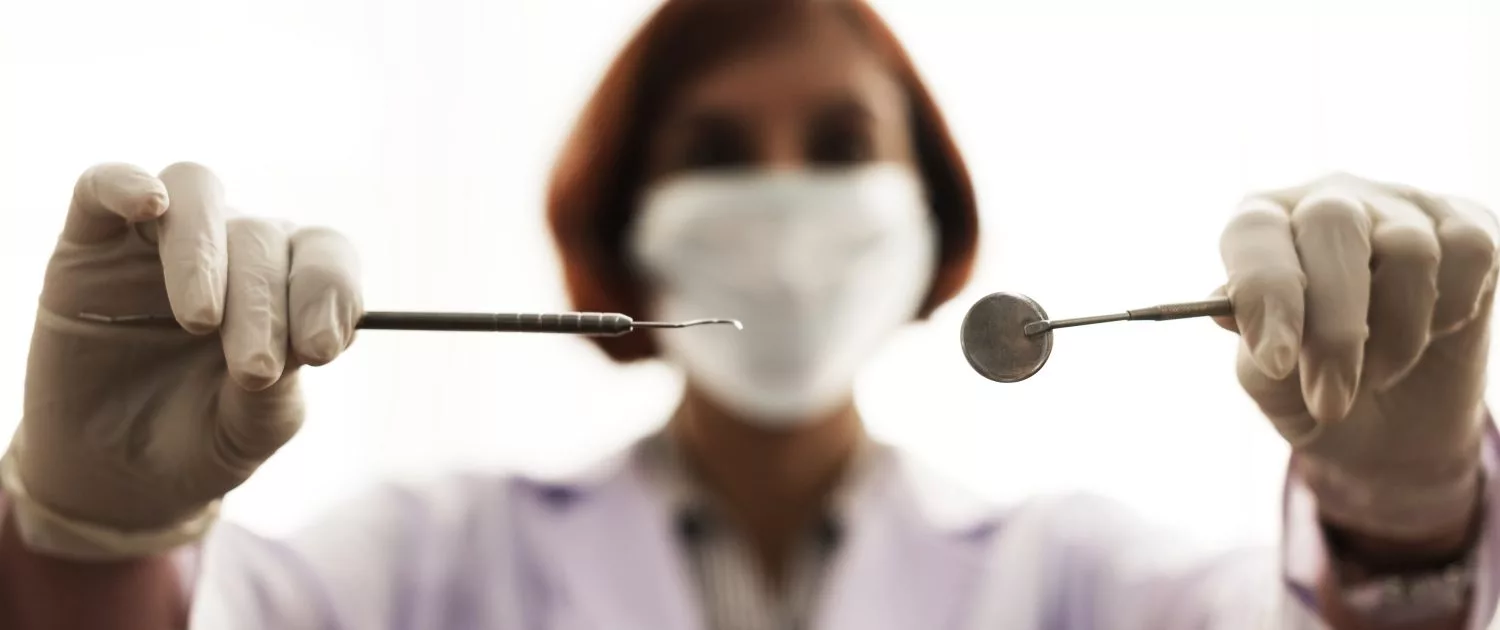How to Sue a Dentist
Going to the dentist is already a daunting experience for most people. So it’s even more stressful when the issue of malpractice occurs.
Read further for helpful tips on how to sue a dentist.
Introduction
Few people truly enjoy going to the dentist, even if the visit does lead to relief or a more beautiful smile. In fact, some people feel anxiety or even outright fear at the mere prospect of having to sit in that chair. Add to that the big bill that comes afterward and visiting the dentist can start to inspire dread.
Still, most people do realize that it isn’t helpful to avoid the dentist’s office entirely. In fact, having that yearly or twice-yearly visit is the best way to prevent serious issues such as infections and oral cancers. So we make time to go and trust that the person we see finishes the job with finesse and care in mind.
But what about when this doesn’t happen? Just as with all other areas of medicine, dentists can commit malpractice or cause other forms of harm. Affected individuals do have the right to sue the dentist in question for malpractice in the state of California.
Follow this step-by-step guide to learn how to sue a dentist.
Step One: Do You Have a Reason to Sue?
Contrary to what shows like Judge Judy would have you believe, you can’t successfully sue every person for every reason under the sun. This is especially true when it comes to malpractice lawsuits as they can be difficult to prove. Still, there are a few issues that seem to bring people into the courtroom fairly often.
These include:
- Failure to diagnose: This means the dentist failed to diagnose a disease, illness, or problem despite clear evidence of existence. For example, a dentist might miss obvious signs of oral cancer, resulting in the need for surgery.
- Failure to follow exam protocols: The dentist doesn’t properly examine you or examines you in a way that doesn’t meet required protocols. For example, the dentist might simply glance in your mouth without taking x-rays.
- Violating consent: The dentist either continues with a procedure or does work for which you did not provide consent. This typically occurs when a patient is “under” or unconscious for some other procedure.
- Dangerous use of anesthesia: The dentist, or their aides, give you too much or too little anesthesia, resulting in side effects. Or, the dentist uses drugs to relax and calm you that aren’t approved for such uses (e.g., opioids).
- Unnecessary treatment: The dentist lies or falsifies the need for treatment in order to make money. For example, they might suggest that you need a root canal even though there is no actual evidence to prove it. Or, they might suggest you need a surgery you don’t really need.
- Temporary or permanent disability: This includes nerve damage, issues with speaking, loss of bone structure, problems with the lips, tongue, and gums, as well as systemic problems such as strokes and heart attacks. There must be a clear link between what the dentist did and the disability suffered.
- Improper use of dental instruments: The dentist fumbles or misuses a piece of equipment, causing injury. This includes cuts, lacerations, and infections from using dirty equipment as well as reusing one-time-use items.
Step Two: Can You Prove Your Case?
Something goes wrong at your root canal, and you’re left with numbness and mild paralysis on one side of your face. This affects nearly every aspect of your life. You need to relearn how to talk, how to chew, and how to swallow.
This might seem like an open-and-shut case, but it isn’t even close. We don’t know for sure if the dentist failed in their duty of care or if you simply experienced a potential side effect at the same time. We also don’t have a clear picture of the medical history involved and/or whether other health issues might be at play. Thus, we can’t effectively conclude that the dentist committed malpractice.
In order to convince the courts that your case is legitimate, you must be able to prove certain factors exist:
- A patient was affected: In most cases, this will be you. Rarely, it may be a minor child under your care and/or an elderly parent for whom you are legally and medically responsible. There must be clear evidence of a dentist-patient relationship – such as an appointment history.
- The dentist failed in their duty of care: This means the dentist did something – or did not do something – that resulted in them providing a level of care far below what can reasonably be expected. “Reasonable” means the level of quality expected from other professional dentists with a similar level of experience, knowledge, and education.
- Negligence occurred: Negligence is closely tied into duty of care (and in fact, someone who fails in their duty of care is almost always negligent). However, they are not exactly the same thing. Instead, negligence is the direct tie between an action the dentist took and the harm caused. For example, a dentist who works on a patient that later suffers a dry socket due to smoking isn’t at fault. But a dentist who works on a patient with dirty tools, causing the patient to develop an infection, most certainly is.
- The patient suffered damage: You must also be able to prove that whatever occurred directly resulted in damage or harm. For example, if a dentist botches your braces, leading to them needing to be replaced at a cost of $5,000, the damage is the $5,000 needed to replace the braces. Damage is typically monetary, but can stem from pain and suffering, illness, or permanent disability (e.g, nerve damage), too.
Step Three: How to Proceed
If you believe you have a case, it is important to start the lawsuit process as soon as you possibly can. This is because the statute of limitations in California prevents you from filing a lawsuit after three years have passed from the time you discovered the problem. Simply put, if you wait too long, you might be out of luck.
The most important action you can take at this step is to contact a personal injury attorney who can help you fight for your rights. A qualified attorney is best equipped to help you navigate the complex process of gathering evidence, filing your lawsuit with the local County Clerk, serving papers to the dentist’s office, and defending yourself should the dentist refuse to take responsibility.
You do have the option to go to your local Clerk’s office and file the lawsuit on your own for a small fee. However, this process can be complicated and should only be started after a legal consultation. Spending a few minutes with an attorney could even save you thousands by preventing you from losing your case.
Conclusion
Have you been affected by malpractice and are planning to sue your dentist? Call a lawyer referral service and get connected with a trustworthy lawyer who can protect your interests right now.
Are you in search for a certified attorney to represent you?
Let us help you find one today!


